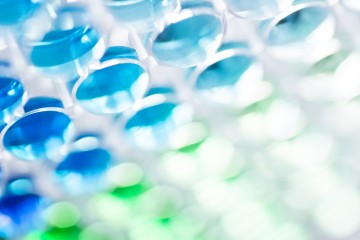Project grant
In vitro multi-chamber systems for studying neural degeneration processes

At a glance
Completed
Award date
February 2007 - February 2009
Grant amount
£181,055
Principal investigator
Professor Victor Perry
Co-investigator(s)
Institute
University of Southampton
R
- Replacement
